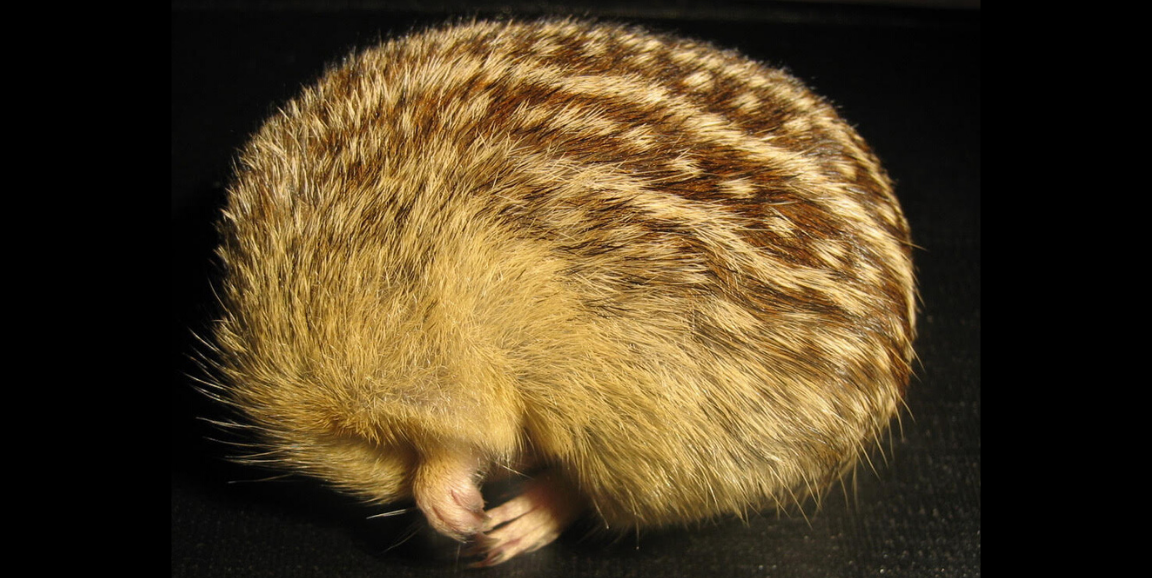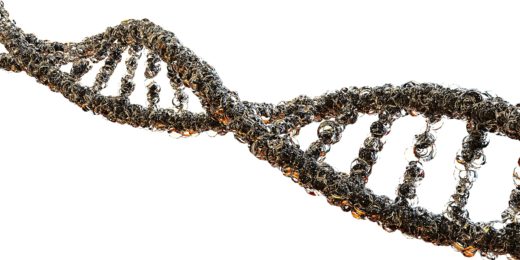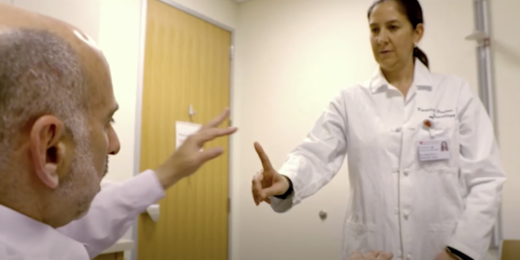When ground squirrels hibernate, their body temperatures drop dramatically -- roughly from 98.6 to 39.2 degrees Fahrenheit for weeks at a time. They also stop eating and enter into a state of torpor to conserve energy; their baseline physiology -- including metabolic, respiratory and heart rates -- slows to approximately 1-3% of normal function.
Arousing from that torpor and returning to their normal temperatures is an intense process akin to a heart attack, as the ground squirrels' heart rates essentially skyrocket so they can rewarm in just a couple of hours. Yet the squirrels emerge from hibernation undamaged and even protected from some conditions that are harmful to humans, such as heart attack and stroke, bone and muscle atrophy and metabolic diseases.
Though environmental factors, such as day length and temperature, influence when ground squirrels begin hibernation, individual genes also affect their behavior. In a recent paper published in Communications Biology, Stanford researchers Katharine Grabek, PhD, Carlos Bustamante, PhD, and their colleagues made strides in pinpointing the role of genetics in driving these large shifts in behavior and physiology -- insights that Grabek said could potentially be helpful in understanding humans.
"To hibernate, we think ground squirrels are using common mammalian genes shared with humans, but they are just utilizing them differently," she told me. "By identifying these genes, we can find new therapeutic avenues for human diseases."
To investigate, Grabek, Bustamante and their team took liver samples from 153 squirrels that were shipped to them by an OshKosh, Wisconsin breeder. They determined the genotype of each, and charted the familial relationships among the animals.
Then the scientists recorded the first day each subject's body temperature dropped, signaling the onset of hibernation. From there, they looked for patterns connecting the timing of hibernation with certain gene variants. They also applied a genome-wide association study -- which provided information about genetic mutations throughout each squirrel's genome to identify which genes statistically were most likely to be associated with the onset of hibernation.
The researchers found that hibernation onset in ground squirrels is strongly governed by genetics -- that is, after accounting for known environmental factors, the remaining differences in when squirrels started hibernation were due solely to genetic variation. The team also identified two genetic variants near FAM204A and EXOC4 -- both are genes shared with humans -- that are most likely responsible, as squirrels with these two mutations in their DNA went into hibernation later in the year than squirrels without the mutations. Twelve other variants also are likely associated with the onset of hibernation, according to the study, but the statistical values were not strong enough to be conclusive.
Grabek told me she was surprised by the definitive nature of the results: "I was expecting that there would be a genetic component explaining some of the variation in hibernation onset," she said, "I just didn't expect so much of variation in timing to be due to genetics."
Identifying genes behind the controlled process of torpor and hibernation could ultimately help scientists understand and develop treatments for conditions and diseases in humans, Grabek told me:
For example, prior to hibernation, the squirrels spend most of their days eating food and accumulating a lot of body fat. Then at the onset of hibernation, they stop eating altogether and, instead, use their fat reserves as a fuel source while they hibernate. Since the genes controlling this dramatic shift in food intake are likely shared with humans, after we identify them in squirrels, the human forms of the genes could be targeted with drugs to help people lose weight.
Other insights from the genes could help researchers formulate treatments to help people recover from heart attacks or strokes, or to maintain muscle mass during prolonged bouts of bed rest, she said.
Bustamante shares Grabek's excitement. He told me, "We believe this is the first of many insights that can be gleaned from studying the molecular basis of mammalian hibernation. Ultimately, we want to see this work translated into medicines and other therapies for the benefit of humankind."
Photo of a ground squirrel from the study, courtesy of Bryan Roeder and Sandra Martin






